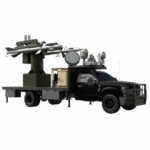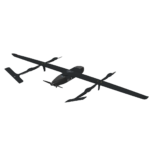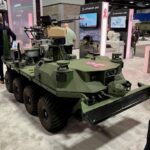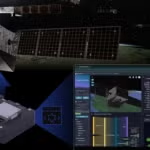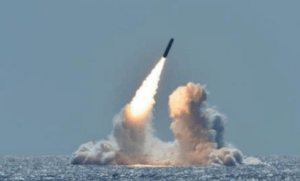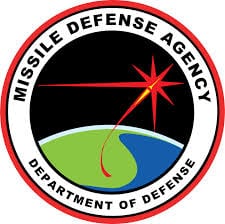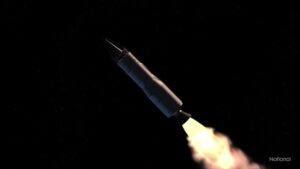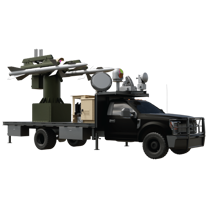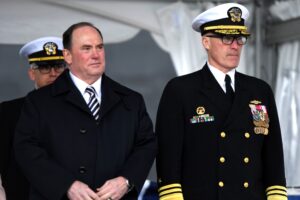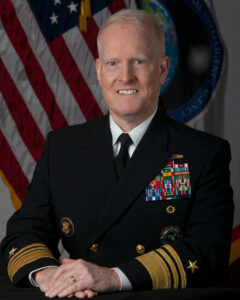
KISSIMMEE, Fla.—Continuously improving artificial intelligence around computer vision, analytic workflows, data collection, and enterprise infrastructure, all wrapped into responsible uses of the technology, make up the high-level goals for the National Geospatial-Intelligence Agency (NGA) around its application of AI, agency head Vice Adm. Frank Whitworth said last week. NGA manages various AI programs and efforts, most notably its Maven program based on computer vision AI used to automatically detect and identify potential targets of interest in imagery and video. Maven…

 By
By 